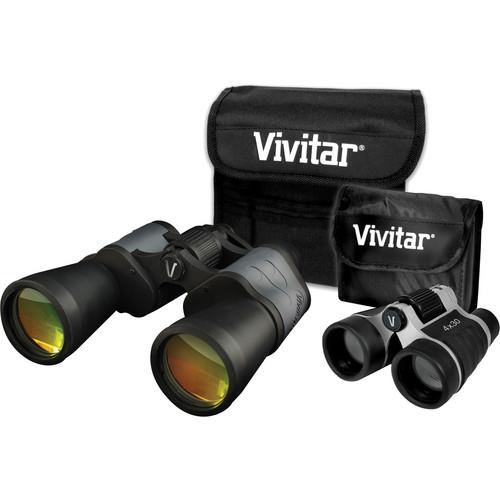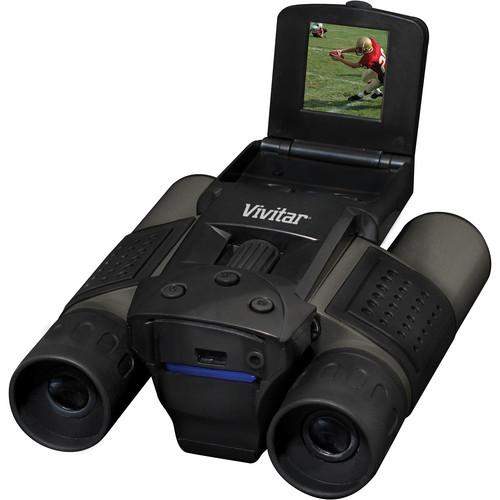

These aberrations are most pronounced in the corners of the format. In designing a 200mm lens that would provide equally excellent images from infinity to a moderate close-up distance, Vivitar specialists introduced a stationary rear compensating lens to correct aberrations produced as the lens moves in relation to the film plane. In the past this problem was simply avoided by using special purpose lenses for close-up photography, while standard lenses continued to be optimized at infinity. Lens aberrations increase significantly as the lens is focused down to its closest focusing position, these aberrations being especially pronounced toward the edges of the format. Traditionally, a lens of this type has been designed to produce optimal results when photographing objects which are at a relatively far distance from the camera. The typical better-quality 200mm lens has a maximum aperture of f3.5 or f4, and a minimum focusing distance of around 1.8 meters. Vivitar Series 1 booklet (August 1976).*) Sources of data: Manufacturer's technical data optically both lenses are very similar but it would seem that few buyers will pay much for a non A lens these days unless it is something super special.Vivitar Series 1 200mm 1:3 AUTO TELEPHOTO VMC The "A" version (3) sold for $212.70 USD and the "M" version (1) sold for $47.00. I sold both my Vivitar Series 1's this year. Given all the extra capabilities that an auto focus "A" series lens offers I think it's well worth the extra money to have the DA. It's good but the warmth and depth of colour rendition from the Vivitar are not up to the same level as a Pentax lens.Īs for the DA 50-200mm It's not the sharpest lens in the world but it's a very good lens none the less. It seemed more so on digital than when I used it on film. * one thing about this lens that is a weakness in my opinion, was that the colours look flat compared to an SMC Pentax lens.

I've replaced my "A" version Series 1 with a DA 50-200. That makes for a fairly heavy kit to carry around. Sharp, fast, solid and most likely the best 70-210 built by anyone of that era*.

If it is indeed the 3rd version of this lens with the "A" setting, then at $100 it is a steal. $100 is about the max it's worth on today's market. So if you are sure that's the case then if it were me I'd most likely pass on this lens. It is possible that there were some early versions of this lens without the "A" setting. So are you totally sure the lens does not have the "A" setting? As far as I am aware the non A lenses were earlier versions (I've had 3 over the years version 1,3 and 4). The filter size and aperture range is consistent with that same lens.
VIVITAR SERIES 1 MANUAL METERING INSTRUCTIONS SERIAL NUMBER
You said the serial number started with a '28' which would indicate the lens was built by Komine. I've owned this lens and had it for quite a while. The reviews of the Vivitar are great but it is manual and doesn't have an A setting on the aperture ring.

I have a K100d with the kit 18-55 lens and am looking for a longer telephoto lens. I have the option of buying a mint Vivitar Series 1 70-210 f2.8-4, 62mm (3rd version 28.


 0 kommentar(er)
0 kommentar(er)
